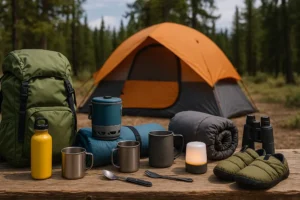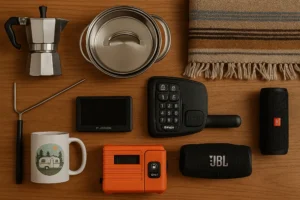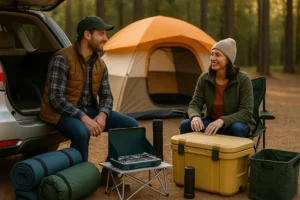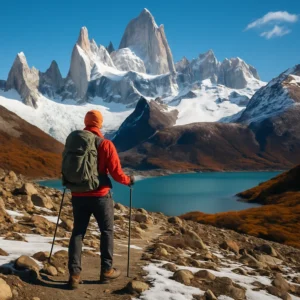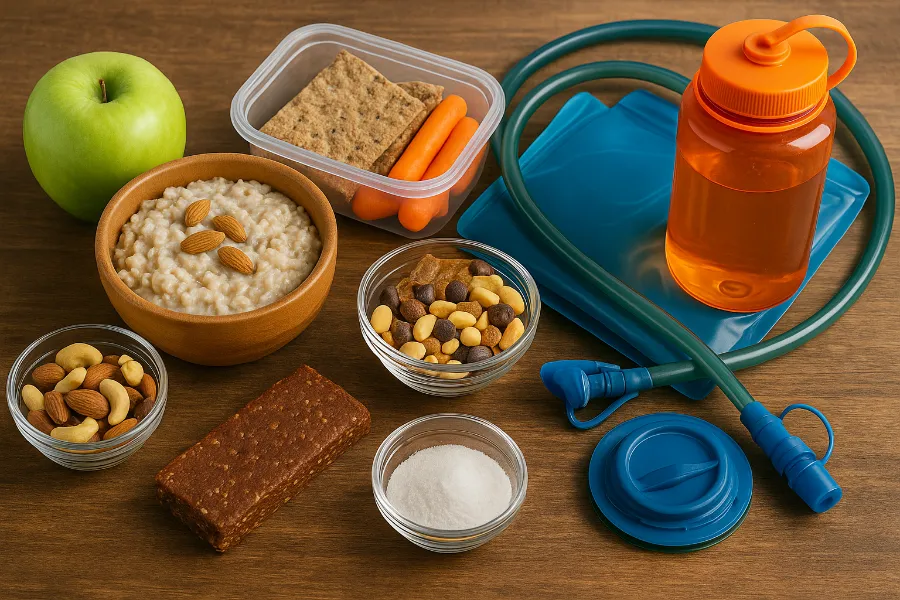
A thru-hike is a rare kind of adventure. It’s not just a long walk — it’s a test of endurance, grit, and the ability to adapt to whatever the trail throws at you. Whether you’re tackling the Appalachian Trail, Pacific Crest Trail, Continental Divide, or any other long-distance route, preparation is the key to success. Yet when it comes to figuring out how to train for a thru hike, the advice often swings wildly between extremes.
On one end, some say there’s no way to train — just hit the trail and “you’ll get your trail legs” eventually. On the other, you’ll hear advice that sounds more like military boot camp: hike 20 miles a day with a full pack before you even set foot on your thru-hike.
The truth lies somewhere in the middle. Training for a thru-hike doesn’t mean beating yourself into the ground months before your start date. It means building a resilient body and mind that can handle the demands of hiking day after day, for weeks or even months. Let’s break it down.
Why Training for a Thru Hike Matters
It’s tempting to shrug off training and assume you’ll “walk yourself into shape.” Many hikers do just that. But training gives you something far more valuable than just stronger legs:
- Injury Prevention: Stress fractures, shin splints, knee pain, and ankle issues are common reasons hikers quit. Building strength beforehand reduces the risk.
- Endurance and Resilience: Hiking 8+ hours a day isn’t like weekend hiking. Your body needs a base level of stamina to handle it.
- Mental Preparation: Training builds the discipline and mental toughness you’ll need when the trail gets tough.
- Enjoyment: Starting the trail stronger means less misery in the first few weeks and more time enjoying the experience.
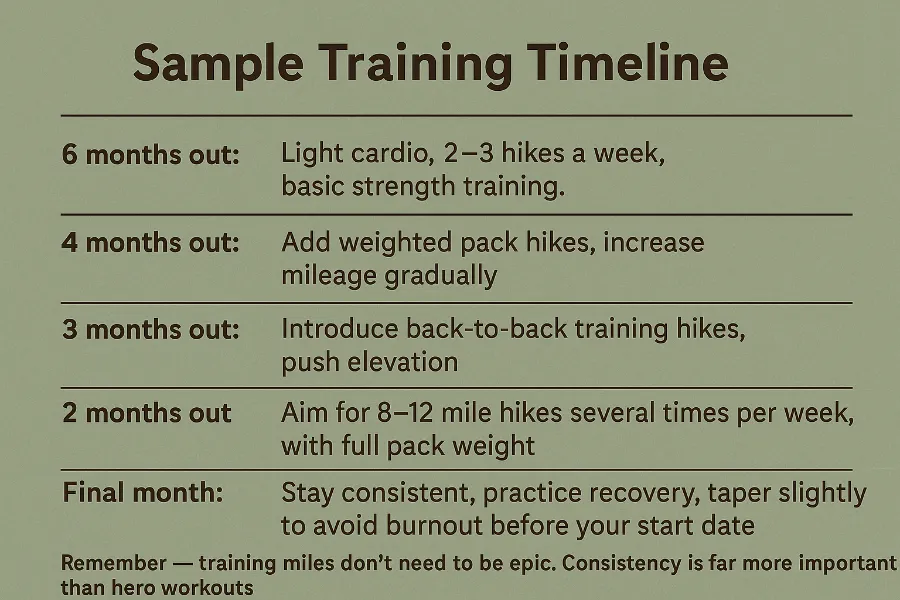
Physical Training
Cardiovascular Training
Cardio is the foundation of your thru-hike training. The goal isn’t to become a sprinter — it’s to build steady, reliable endurance.
- Steady-state cardio is your best bet. Hiking itself is ideal, but cycling, rowing, or swimming all build endurance without pounding your joints.
- Frequency: Aim for at least 3–4 cardio sessions per week.
- Duration: Start with 30–45 minutes and work up to 60+ minutes.
- Progression: Gradually increase distance and difficulty, but avoid spiking too quickly to prevent injury.
Think of cardio training as teaching your body to go “all day” rather than “all out.”
Strength Training
Thru-hiking is essentially weighted walking — for thousands of miles. Your legs, core, and stabilizer muscles need to be ready.
Key moves include:
- Squats and lunges for lower body strength
- Step-ups to mimic climbing trails
- Planks for core stability
- Hip abduction/adduction to strengthen hips and knees against overuse injuries
Do 2–3 sessions per week, starting with bodyweight and progressing to light weights or resistance bands. High repetitions (15–20 reps) with lower weight build endurance, not bulk.
Flexibility and Mobility
Ignoring mobility is a mistake many hikers regret. Tight hips, stiff hamstrings, or weak ankles can sideline you fast.
- Stretch daily, especially after workouts.
- Yoga or foam rolling helps restore movement and prevent stiffness.
- Balance training (like standing on one leg or using a Bosu ball) strengthens ankles and feet.
Your body will thank you during long descents or when scrambling over uneven terrain.
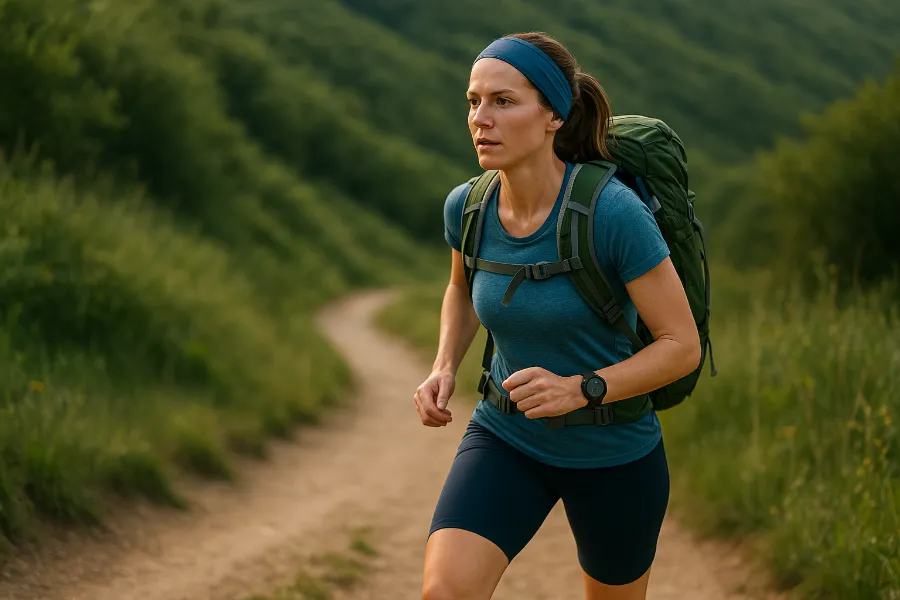
Hiking-Specific Training
The best way to train for a thru hike is — no surprise — to hike. But you don’t need to start with monster miles.
- Start Early: Begin training 4–6 months out if possible.
- Build Gradually: Start with short hikes (4–6 miles), then add distance and elevation weekly.
- Use Your Backpack: Add weight slowly until you’re carrying close to your full pack load.
- Simulate Trail Conditions: Practice in rain, cold, heat, or mud — the trail won’t always be sunny and dry.
- Back-to-Back Days: A key element. Try hiking two long days in a row to mimic thru-hike fatigue.
If you live in a flat area, use stairs, parking garages, or even a treadmill set at incline. Consistency matters more than perfect terrain.
Mental Preparation
Ask any thru-hiker and they’ll tell you: the hardest part of a thru hike is often mental, not physical. Training your mind is as important as training your body.
- Set realistic expectations: You will be tired. You will have bad days. That’s normal.
- Practice voluntary discomfort: Hike in rain, carry your pack when you’re tired, or skip the easy option.
- Visualization: Imagine how you’ll respond to challenges (bad weather, sore feet, gear failures).
- Stay motivated: Remember your “why” — the reason you want to thru-hike in the first place.
The trail is 90% mental endurance. Training your head now makes quitting later less likely.
Nutrition and Hydration
Fueling your body correctly during training helps you learn what works before you’re deep in the backcountry.
- Eat nutrient-dense foods: Focus on protein, complex carbs, and healthy fats.
- Trail food practice: Test snacks and meals you’ll actually want to eat after 10 miles of hiking.
- Hydration habits: Drink regularly, even in cool weather. Try electrolyte mixes to avoid dehydration.
- Pre-trail nutrition: Don’t crash-diet. A healthy body at the start means better adaptation on trail.
Recovery
Rest is part of training. Without it, you risk burnout or injury.
- Rest days: At least one per week, more if you feel run down.
- Sleep: Aim for consistent, quality sleep — it’s the best recovery tool.
- Mobility work: Foam roll, stretch, or use a massage ball to keep muscles loose.
- Listen to your body: Small tweaks (like shin splints or plantar fasciitis) can snowball if ignored.
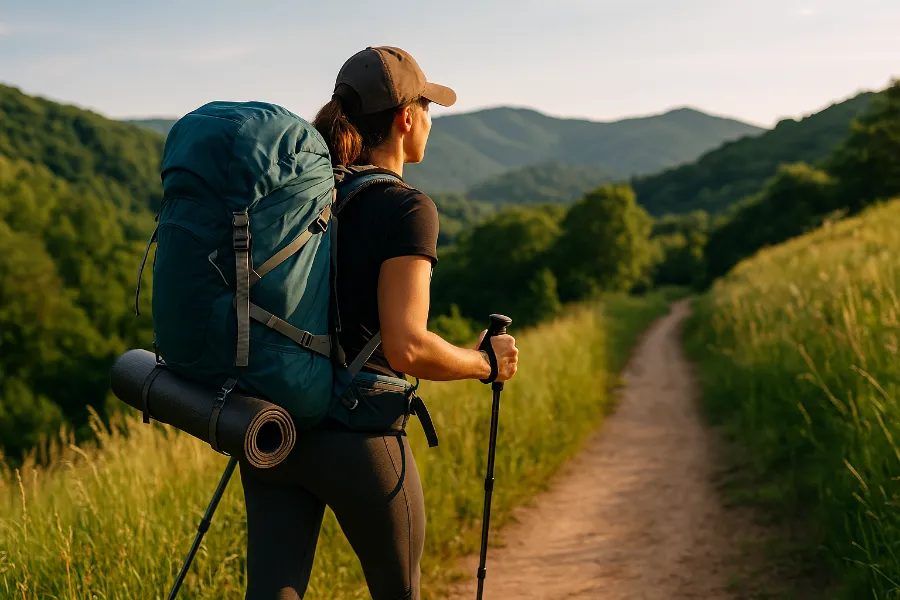
Gear Training
Training with your gear isn’t optional — it’s essential.
- Backpack: Experiment with packing weight distribution.
- Shoes/boots: Break them in on training hikes. Figure out if you prefer trail runners or boots.
- Layers: Train in the same clothing you’ll hike in. Make sure your layering system works in cold, hot, and wet conditions.
- Navigation: Practice using maps, GPS, and compass now, not when you’re lost on trail.
The goal is to work out gear kinks before you’re hundreds of miles from a gear shop.
Sample Training Timeline
Here’s a simple six-month timeline for how to train for a thru hike:
- 6 months out: Light cardio, 2–3 hikes a week, basic strength training.
- 4 months out: Add weighted pack hikes, increase mileage gradually.
- 3 months out: Introduce back-to-back training hikes, push elevation.
- 2 months out: Aim for 8–12 mile hikes several times per week, with full pack weight.
- Final month: Stay consistent, practice recovery, taper slightly to avoid burnout before your start date.
Remember — training miles don’t need to be epic. Consistency is far more important than hero workouts.
Conclusion
Training for a thru hike isn’t about becoming a super athlete. It’s about showing up on day one with a resilient body, a prepared mind, and the confidence to tackle whatever the trail throws at you. The truth is, no amount of training can fully simulate months of walking. But by focusing on how to train for a thru hike with cardio, strength, mobility, mental preparation, and gear practice, you’ll start stronger, suffer less, and enjoy more.
The trail itself will finish your training — but the work you put in beforehand will make sure you’re ready to embrace the adventure.
See you out there.




